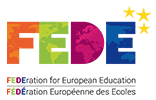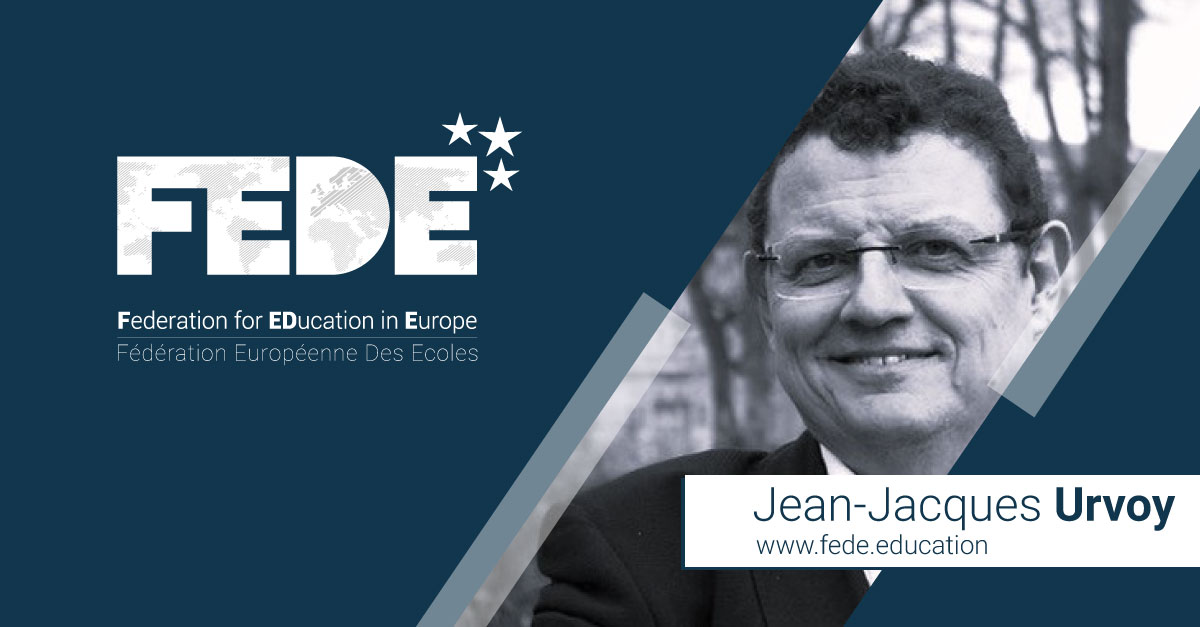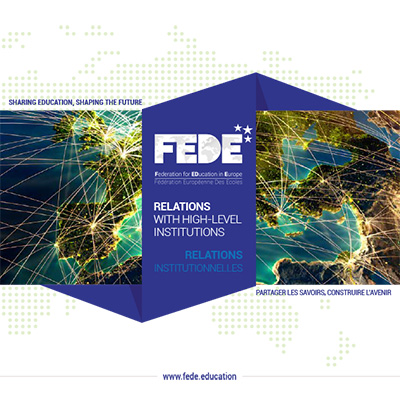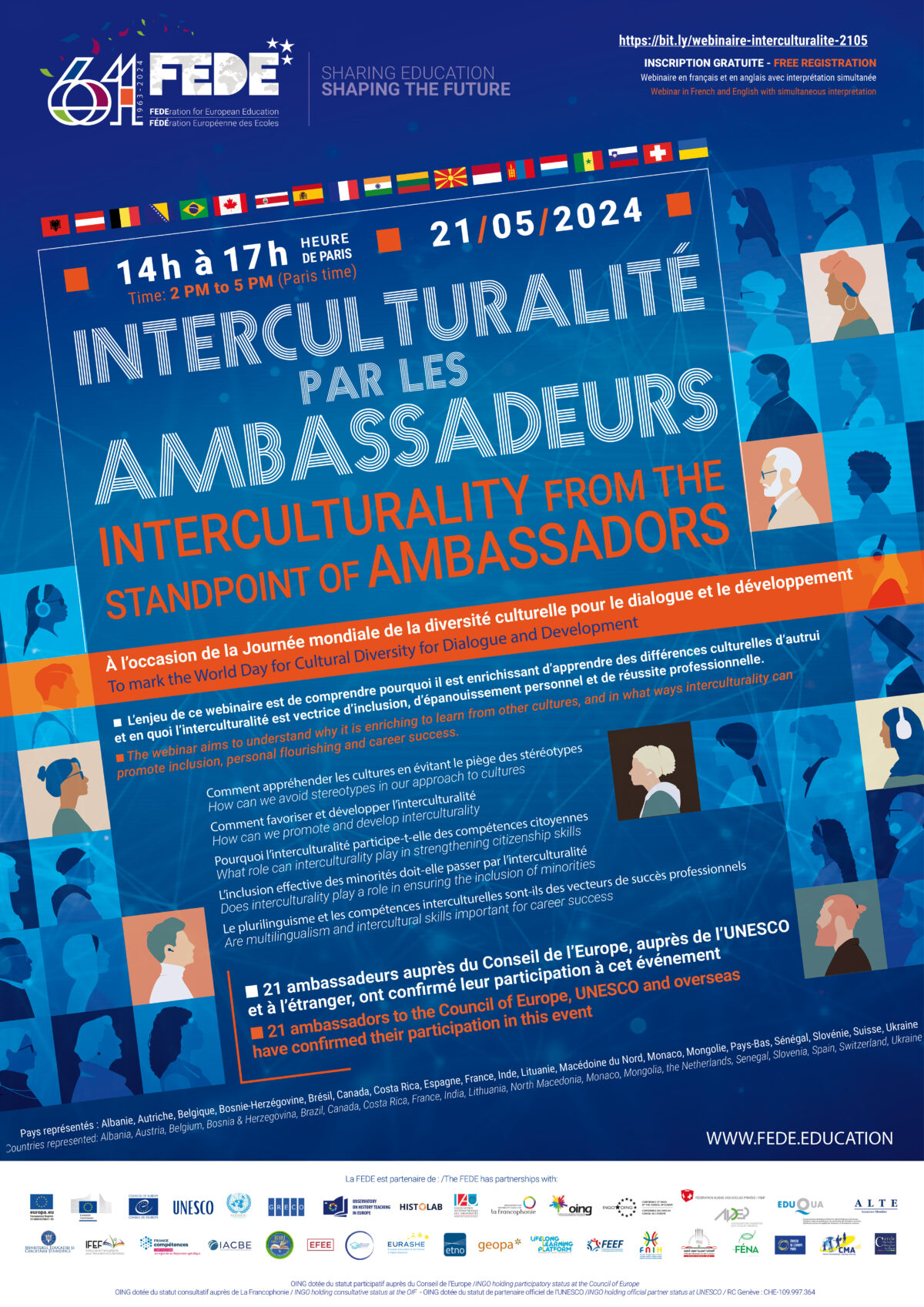What’s new?
I’ve become a member of the Optimisation Council at Neoma Business School, where I teach courses on creativity and psychology for design on the final year of the master’s in communications. I’ve now been a psychoanalyst for several years, having previously founded and managed several design and communications agencies.
What do your two activities have in common?
The search for meaning in a world that is losing much of its meaning.
The meaning of brands, images or objects created in communications and design, and the meaning that a patient finds deep inside him or herself during a psychoanalysis, have the same driving force. We need to know where an agency or company is going with a project, and, in the case of a psychoanalysis, a person needs to know where he or she is going with his/her own life.
How would you describe your approach to psychoanalysis?
I use a simple method with my patients: operational psychoanalysis. I describe this method in my book Qu’est-ce qu’on Lacan pour être heureux ? (Eyrolles Ed., 2020). It allows a patient, on completing a classic analytic treatment, and over the course of a few face-to-face sessions, to optimise the decisions he or she takes in his/her work and social, family and personal lives by using some fairly simple tools.
What has been the impact of the pandemic on your work as a psychoanalyst?
Currently I have a lot of patients requesting couples or family therapy. During the sessions I often notice the effects that the lockdowns have had on adults, teenagers and children. The consequences will be lasting.



